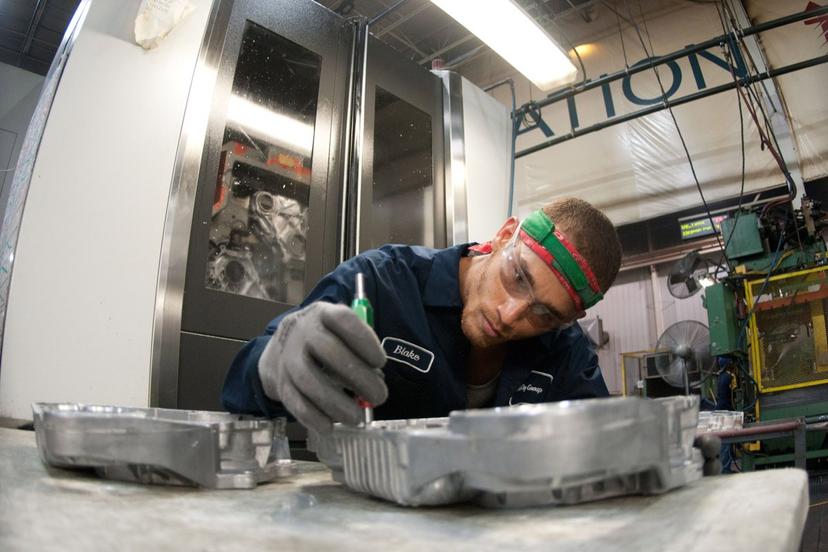Machining and Machinery

Background
Humans have used wheels and other tools to make work tasks easier since the dawn of history. In the third century B.C. Greek philosopher Archimedes introduced the concept of mechanical advantage based on studies of the first simple machines—pulleys, levers, and screws. During the Renaissance, simple machines were studied more closely to determine how they might be used to perform work tasks. In 1600, the Italian scientist Galileo introduced his completed theory about the dynamics of simple machines and how they transform energy into a usable resource.
When the Scottish inventor James Watt experimented with steam engines in the mid-1700s, he could not find anyone who could drill a perfect hole; thus his engines leaked steam. Then in 1775, Englishman John Wilkinson invented the first relatively accurate machine tool, a mill to bore cylinders for Watt's steam engine.
Several years later, Matthew Murray, Joseph Clement, and Richard Murray developed the planer, which could be used to smooth holes and flat surfaces to the necessary degrees. Henry Maudslay introduced the concept of precision to heavy machinery. Previously only watches and scientific instruments were made with this degree of precision. The early 1880s saw the development of the first screw-cutting lathe, which remains the standard today. Also about that time, electric motors began making major improvements in industrial productivity.
This period in the 19th century, which came to be known as the Industrial Revolution, brought about the mass production of many products. As new entrepreneurs and inventors emerged, the number of manufacturing plants on both sides of the Atlantic grew, as did the demand for machine tools and equipment.
The United States gradually became the principle producer of machine tools. The most rapid growth came, however, during World War I and II when there was a huge demand for tanks, planes, jeeps, ships, and guns. Machines had to be devised to turn out the required parts. After World War II, the numbers and types of consumer goods that Americans desired continued to increase, and the mass-production methods developed for war were converted and improved to accommodate those demands.
Electrical control mechanisms were refined during the 1940s, and when computers were introduced into industry, the nature of many manufacturing operations changed. Automated equipment, including robotics, now perform many operations formerly done by machine operators and other precision metalworkers. Computer-controlled equipment is being used to program machines and to design and manufacture machine tools. As technology continues to advance, machines are becoming increasingly more sophisticated and able to produce highly precise machined parts.
